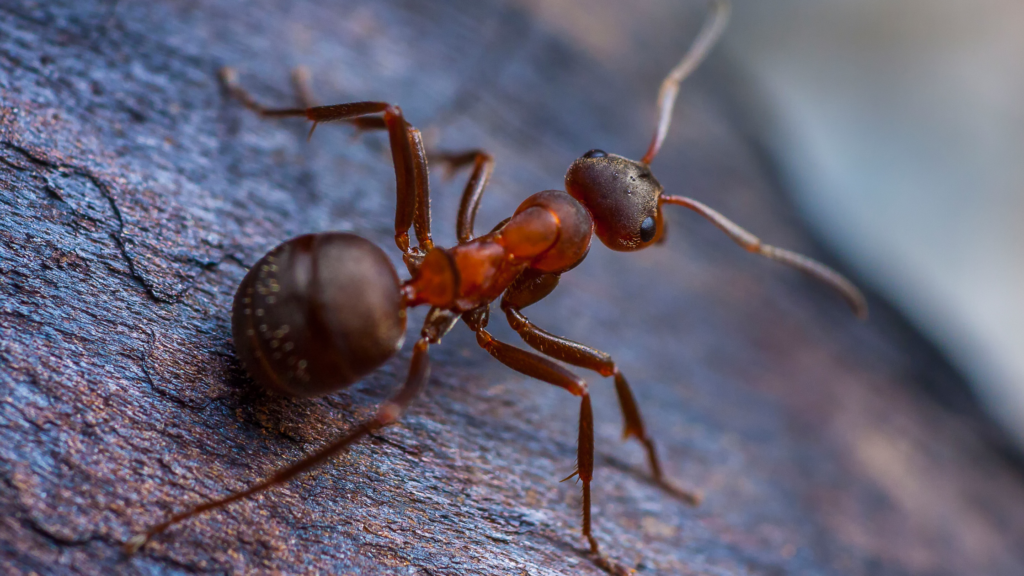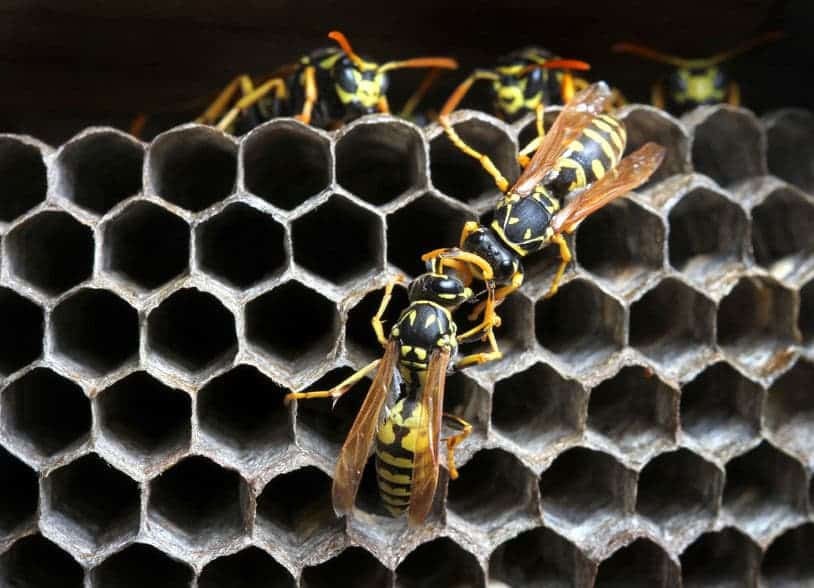
Florida is home to several species of fleas, the most common being the cat flea, or Ctenocephalides felis. Despite its name, the cat flea can live on a variety of warm-blooded hosts, not just cats. There is a dog flea, or Ctenocephalides canis, which is more common in Europe than North America. However, most species of fleas are so similar in appearance that you would not be able to distinguish between them without a microscope. Other species of fleas in Florida include human fleas, Pulex irritans, and sticktight fleas, Echidnophaga gallinacea. It is possible for a single host to carry multiple species of fleas at once. Fleas are often present on wild animals such as possums and raccoons, which in some cases is how they are transferred to pets.
Adult fleas are about 1/16th of an inch (less than two millimeters) and are usually dark in color. They appear to be brown with some red tint. They are wingless insects and are somewhat flat from side to side, which allows them to move more easily through hair. Fleas have long legs in comparison to the size of their bodies, making them talented jumpers. They have hard, shiny exoskeletons that are covered with short hairs and spines, which point backwards.
Cat fleas require a food source in order to reproduce. Without blood, the females are unable to lay eggs. If they are on a host and able to feed, the fleas can lay one egg an hour. Other species of flea are able to lay up to 500 eggs over the course of a few months by laying clutches of eggs, usually between three and 18 eggs at a time. No matter the species of flea, the eggs usually hatch in about 12 days. In some cases, if the eggs do not fall below a temperature of about 55 °F or rise above about 100 °F, the eggs are able to remain in their pupal state for 155 days. Our technicians have encountered fleas that have survived up to two years. This is most likely to be seen in houses that have been empty for quite some time. If the eggs were there with the previous tenant and after months or years, new people move in, the fleas are able to hatch if they have not been exposed to unfavorable conditions.
Once hatched, the fleas are in the larval stage. As larvae, they appear wormlike and are white. Within a week or two, the larvae will spin a cocoon to pupate. An adult flea will usually take about a week to emerge from their cocoons. However, in some cases, the fleas can stay in their cocoons until they sense a food source. For example, if the fleas fell off their original host or hatched somewhere other than on a warm-bodied host, they can stay in the pupal stage anywhere from five days to five weeks. Vibrations from a pet or human walking around the house or an increase in the amount of carbon dioxide in the air will indicate that it is an ideal time for them to emerge. That’s why it is not out of the question to return from vacation to a rapid onset of fleas, even if there was no noticeable sign of them before you left.
Places with pets are the most common area that humans will encounter fleas, which opens people up to flea bites themselves. When people are bitten by fleas, it is usually around their feet, ankles, and general lower-leg region. The severity of reactions to flea bites varies from person to person. Most people will experience small red spots where they have been bitten, along with itchiness. Some will have little to no reaction to flea bites, while others may experience an allergic reaction.
For pet owners, the best place to start with flea control is with treatment for the pet. This could be done through a vet or groomer. Washing and brushing helps with fleas on pets as it will help to remove fleas, eggs, larvae, and any dead skin or dried blood that larvae would feed on in order to become an adult flea.
Treatment of the area is also important. Even if all the fleas are removed from the pet, any fleas that remain in the space could still reemerge to live on the pet again or another host. One option is to apply topical flea and tick prevention to your pets, which should be done according to vet or other professional instructions. If the treatment you use for your pet is based off weight, be sure to use that safely and accurately so that your pet does not become ill. There are also oral medications for pets that make their blood toxic to fleas and ticks. In this case, the fleas will continue to jump on and bite the pet, resulting in the fleas’ demise.
In any case, if you are experiencing a flea problem in your home, it is advisable to seek help and ensure that all adults, larvae, and eggs have been cleaned up and removed from the premises. At Turner Pest Control, we have the tools and expertise to help keep you, your family, pets, and home safe from fleas. If you’re interested in learning more, give us a call at (800)225-5305.
This blog was written using sources from the University of Georgia IFAS, the University of Florida IFAS (1, 2, 3), and feedback from our in-house entomologists.



